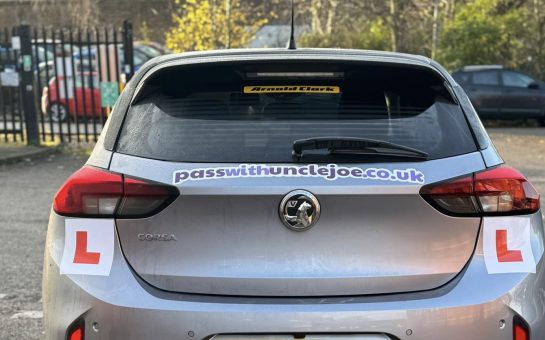Innovative monitoring equipment has been switched on in Wigan to help battle residential road deaths.
The introduction of 25 speed-tracking radars follows an online campaign encouraging residents to abide by new 20mph zones which were introduced in the borough as part of a three-phase plan.
Now in its second phase, the project, which launched in March 2013, is still a long way from completing its goal as Council Leader Lord Peter Smith concedes.
The Labour councillor said: “Now that all the radars are up and running we’re excited to start receiving the data. Our hope is that over time average speeds will fall.
“We’re not expecting to see immediate changes. We appreciate this is a long-term project as a change in behaviour is needed and this won’t happen overnight.”
The radars, introduced in all the new zones, will not be used to catch people breaking the speed limit as no personal information will be captured, just the speed of vehicles.
The data collected by the council will be analysed to assess the effectiveness of the scheme.
The council is seeking to continue reducing the number of road deaths after the total casualties fell to 465 in 2013 compared to 573 the previous year – a reduction of 19 per cent.
Across Greater Manchester, the number of incidents fell by a total of 614 from 6,058 to 5,444 – a 10 per cent drop.
And Lord Smith has indicated that the scheme will play a pivotal role in reducing these figures further.
“The monitoring equipment is a crucial part of the process as the data will give us an idea of where to concentrate our efforts in encouraging motorists to reduce their speed,” he said.
“There are a number of steps we can take to re-educate drivers with partner organisations.
“One option is to increase publicity which we can target in specific areas depending on the data recorded by the radars.”
It is hoped the arrival of the radars will further encourage motorists to reduce their speed within the 20mph zones by acting as a deterrent as well as a monitoring device.
Traffic speeds are collected by the radars which stream the data back to council computers on a daily basis for analysis.
The move comes just as deaths on the roads hit their peak with the start of the school summer holidays when more children are likely to be playing outside.
The council believes the scheme will improve safety on the borough’s roads and allow residents, particularly children and young people, to walk and cycle without fear of speeding traffic.
If a pedestrian is struck by a vehicle travelling at 20mph slight injuries are possible, but if this speed is increased to 30mph the injuries will be more severe and at 40mph the pedestrian may be killed.
Image via Edinburgh Greens, with thanks



